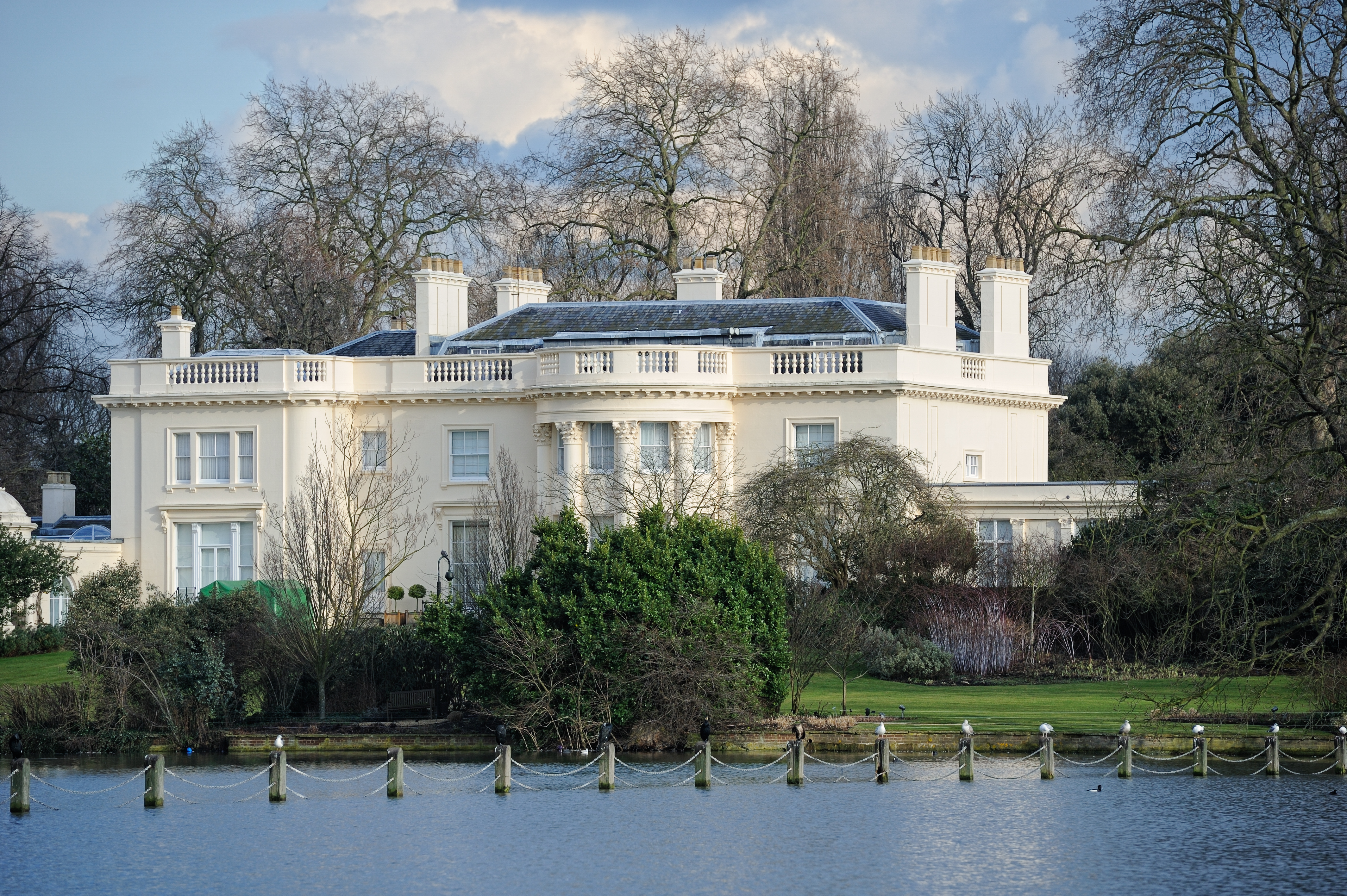An Englishmans home is his castle. So said Richard Mulcaster, headmaster of Merchant Taylors School who, in his 1581 work on parental discipline, the gloriously titled positions, which are necessary for the training up of children, made the following statement: "He (the householder) is the appointer of his own circumstance and his house is his castle."
This is a phrase repeated down the centuries, usually by libertarians, arguing against the power of the state and in favour of the right to do what you want with your own home.
 Try telling that to the conservation officer that invited herself into my 18th-century cottage and started taking pictures, without permission, recording its condition before I carried out my proposed works! Whilst you might fancy buying a castle, or indeed a more modest slice of this countrys heritage, you will need to get your head round the myriad rules and regulations which apply to the owning and development of historic property.
Try telling that to the conservation officer that invited herself into my 18th-century cottage and started taking pictures, without permission, recording its condition before I carried out my proposed works! Whilst you might fancy buying a castle, or indeed a more modest slice of this countrys heritage, you will need to get your head round the myriad rules and regulations which apply to the owning and development of historic property.
Your home may be your castle but you certainly arent the only ruler of it. And before making it your very own by changing it you will need to ask yourself a number of questions.
First, is it a listed building?
You can find out whether it is listed by going on to the English Heritage website and searching their database. When buying a property, your lawyer will check the position in relation to listing at the local authority, which will show whether or not the property is listed, as well as the grade of listing.
You can shortcut this, by checking on the English Heritage website, which has a useful search function. Not only that, but they have a great database of historic photographs, which are often helpful when trying to work out how the building was originally configured. Everyone likes a good detective story and you can be your own Time Team.
The monthly magazine providing news analysis and professional research for the discerning private
investor/landlord




















